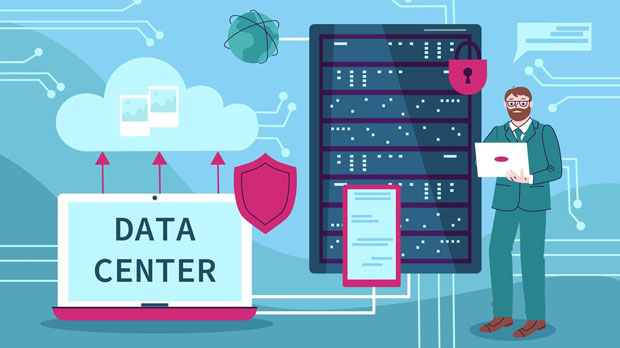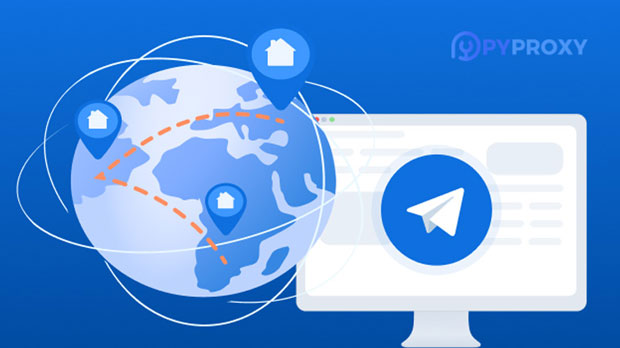Accessing restricted websites has become a common task for many internet users across the globe. Whether it's due to government-imposed censorship, geo-restricted content, or privacy concerns, users often rely on proxies to bypass these limitations. Among the most widely used proxy types are sock s5 proxies and plain proxies, each offering distinct features and varying levels of security. Understanding SOCKS5 and Plain ProxyBefore delving into their security aspects, it's essential to understand what SOCKS5 and plain proxies are and how they function.- socks5 proxy: SOCKS5 is an advanced version of the SOCKS (Socket Secure) protocol, designed to route internet traffic through a proxy server. It operates at the transport layer (Layer 5) of the OSI model, offering the ability to handle any type of internet traffic, including HTTP, FTP, and more. Unlike older versions like SOCKS4, SOCKS5 supports both IPv6 and IPv4, providing greater flexibility and security features such as authentication.- Plain Proxy (HTTP Proxy): A plain proxy, typically known as an HTTP proxy, works specifically for HTTP requests. It acts as an intermediary server that forwards HTTP traffic between the client and the destination server. While simpler and faster, plain proxies have limitations in terms of security, as they are primarily designed for HTTP rather than handling a wide variety of protocols.Security Features of SOCKS5 ProxySOCKS5 proxies are often preferred for users who are looking for a secure and flexible way to access restricted websites. Below are some of the key security features of SOCKS5 proxies:1. Encryption and Data Integrity: SOCKS5 does not inherently encrypt data, but it allows for secure tunneling by supporting the use of encryption protocols like SSL/TLS. This means that any data sent over a SOCKS5 proxy can be encrypted to prevent interception and unauthorized access, thus enhancing security when browsing sensitive or restricted sites.2. Authentication: One of the standout features of SOCKS5 is its support for user authentication. This ensures that only authorized users can access the proxy server, adding a layer of protection against misuse. In contrast, plain proxies do not generally offer user authentication, leaving them vulnerable to unauthorized access.3. Support for Multiple Protocols: Unlike plain proxies that are limited to HTTP, SOCKS5 can handle a wide range of protocols, including FTP, POP3, and SMTP. This flexibility ensures that users can access various types of restricted content securely, which is especially beneficial when dealing with sites that use multiple protocols.4. Bypassing Geo-restrictions: SOCKS5 proxies can route traffic through different geographical locations, helping users bypass regional restrictions and censorship. This feature, coupled with the added security measures, makes SOCKS5 a robust choice for secure, anonymous browsing.Security Features of Plain ProxyWhile plain proxies are less secure than SOCKS5 proxies, they are still used by many for their simplicity and speed. However, they come with several security limitations:1. Lack of Encryption: Plain proxies do not offer encryption by default, meaning that any data sent through them is not secure unless additional security measures like HTTPS are used. This can make users vulnerable to hackers and data leaks, especially when accessing sensitive information on restricted sites.2. Limited to HTTP Traffic: Since plain proxies primarily work with HTTP traffic, they are less versatile than SOCKS5. This restriction means that users may not be able to access non-HTTP content securely, such as FTP servers, torrents, or email services. This limitation makes plain proxies unsuitable for users who require access to a broader range of protocols.3. No Authentication: Most plain proxies do not have built-in authentication mechanisms, which increases the risk of unauthorized access. This can lead to abuse of the proxy, compromising both the user's privacy and the integrity of the server.4. Potential for Data Interception: Without encryption, any data sent over a plain proxy is susceptible to interception. This includes personal information, login credentials, and browsing history, which can be exploited by malicious entities or compromised through man-in-the-middle attacks.Performance and Usability ConsiderationsWhen evaluating the suitability of SOCKS5 and plain proxies for accessing restricted websites, security is not the only factor to consider. Performance and usability are also crucial.- SOCKS5 Performance: Due to its ability to handle a wider range of protocols, SOCKS5 proxies can sometimes experience slower speeds compared to plain proxies. However, the security benefits, such as encryption and authentication, often outweigh the minor performance trade-off.- Plain Proxy Performance: Plain proxies are generally faster than SOCKS5 due to their simpler architecture and focus on HTTP traffic. They are ideal for users who prioritize speed over security but may not be the best choice for those who need to access a wide variety of content securely.Which Proxy is More Secure for Accessing Restricted Websites? When it comes to security, SOCKS5 proxies are the superior option for accessing restricted websites. Here’s why:1. Comprehensive Security: SOCKS5 offers a combination of encryption, authentication, and protocol flexibility, making it the best choice for users who prioritize security. The ability to securely tunnel various types of traffic ensures that users can safely access restricted content without exposing themselves to data breaches or cyberattacks.2. Protection from Interception: Since SOCKS5 allows for encryption, it provides an added layer of protection against interception, making it the better choice for those accessing sensitive sites or engaging in private browsing.3. User Authentication: The ability to authenticate users adds an additional barrier to unauthorized access, enhancing the overall security of SOCKS5 proxies. This is a critical feature for users who want to ensure their browsing activity is protected.On the other hand, while plain proxies are faster and simpler, they do not provide the same level of security. They are more suitable for casual browsing or situations where speed is the primary concern, but they are not recommended for accessing restricted websites with sensitive content.In conclusion, SOCKS5 proxies are the better choice for users looking to securely access restricted websites. Their comprehensive security features, including encryption, authentication, and multi-protocol support, make them the ideal option for users who prioritize privacy and safety. While plain proxies offer faster speeds, they lack the necessary security measures to ensure safe browsing, making them less suitable for users who need to bypass restrictions securely. By understanding the differences between these two types of proxies, you can make a more informed decision about which one best meets your needs.
Aug 28, 2025


































































